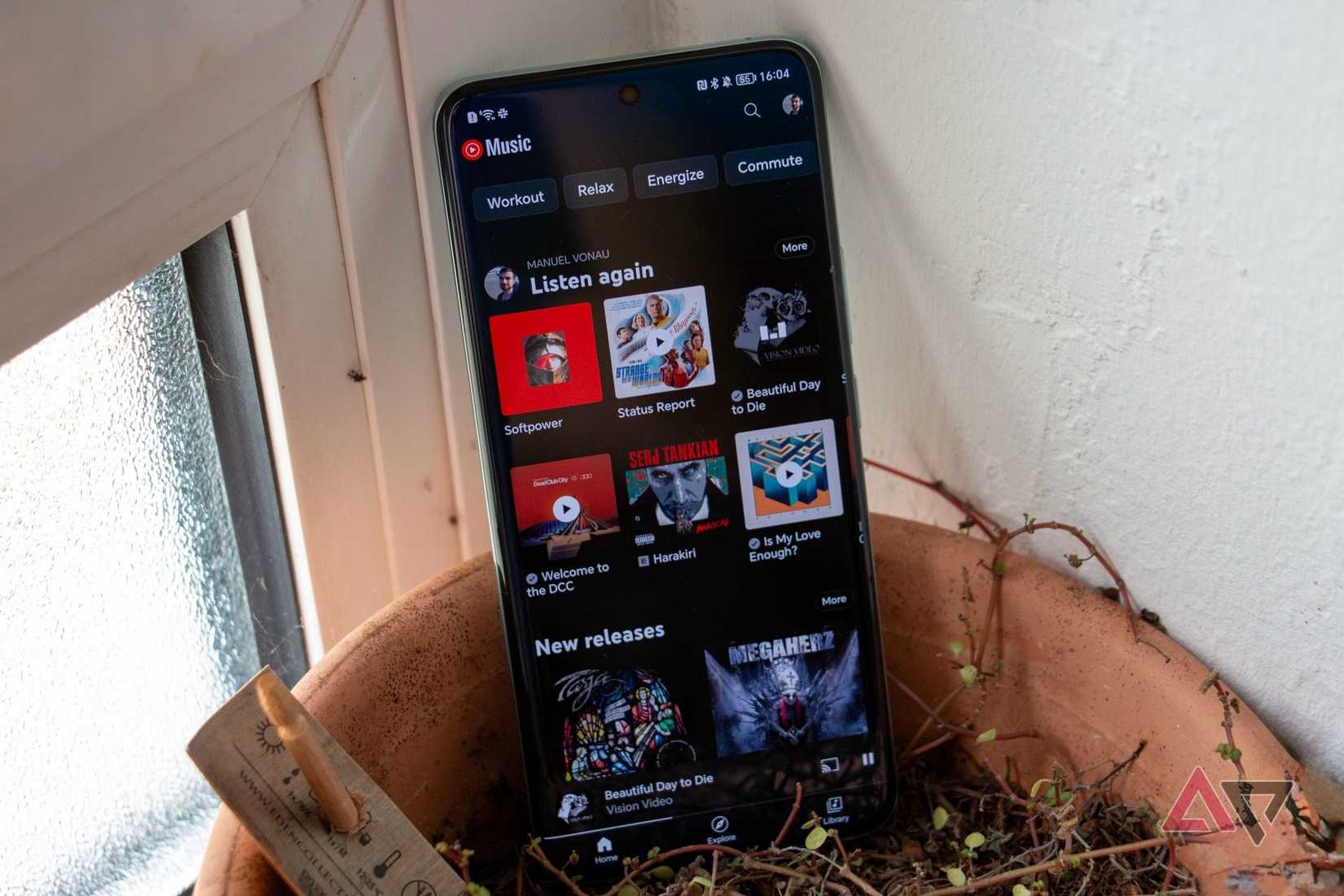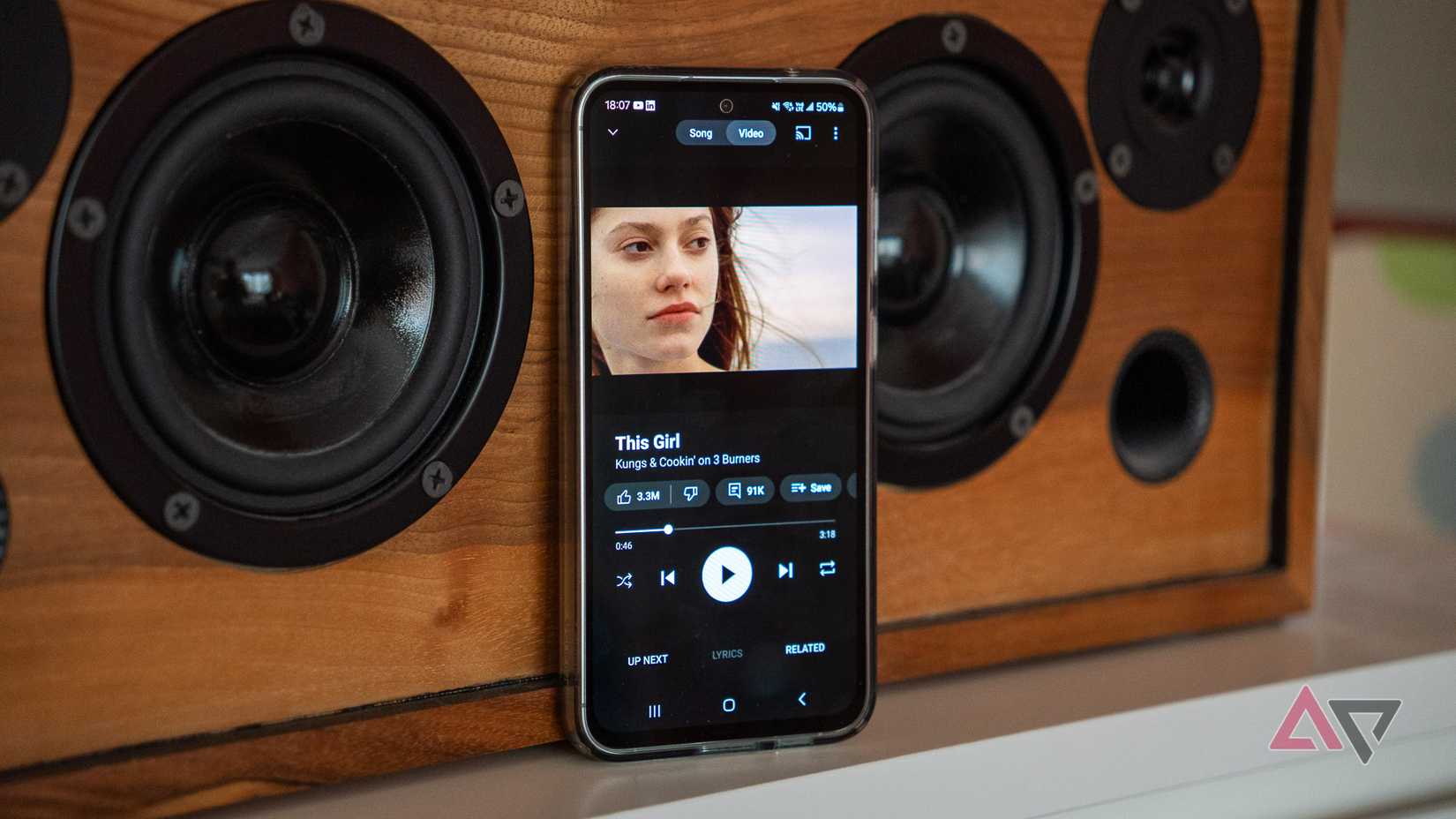I’ve been a Spotify user for years. Playlists for every mood, clever recommendations, and a sleek interface made it my go-to music app, whether I was on my phone, tablet, or PC.
However, after noticing how much of my listening had shifted to YouTube, especially for live sets, remixes, and obscure tracks that never made it to Spotify, I decided to make the leap and use YouTube Music as my only music app for a month.
I thought I’d spend the entire time missing Spotify, but the biggest surprises came from directions I never expected.
The killer feature: A bottomless library
YouTube Music has it all
The first thing I noticed was how everything I searched for seemed to be there.
Unlike Spotify’s carefully curated catalog, YouTube Music taps into the endless ocean of tracks, covers, remixes, and live performances available on YouTube.
That meant when I searched for a nostalgic remix from my college days or a lo-fi fan cover of a popular song, I almost always found it.
That bottomless library became addictive. I didn’t have to juggle between apps or head to regular YouTube for niche content. It was all right there in my main music app.
For someone who drifts between mainstream pop, ambient study music, and hour-long live sets, this was game-changing. Spotify’s catalog is great, but YouTube Music felt infinite.
Personalization that took me by surprise
YouTube Music adapted to my changing tastes
Initially, I was skeptical about YouTube Music’s recommendations. While Spotify has years of data on me, YouTube Music was starting afresh. But within a couple of weeks, its suggestions were creepily good.
It wasn’t just because of my listening history. YouTube Music pulls data from my regular YouTube account, too.
What made it stand out was how seamlessly it blended my actual YouTube history with my music habits.
That meant the odd live set I watched on YouTube could resurface as part of my listening recommendations, nudging me toward discoveries I wouldn’t have stumbled on in a closed-off catalog.
The interface: A little chaotic
The layout is messy
Here’s where I missed Spotify the most. Spotify’s interface is streamlined, elegant, and predictable. YouTube Music, on the other hand, feels like it’s still trying to figure out what it wants to be.
Playlists and albums are fine, but the app sometimes buries useful options under too many taps.
The homepage is a busy mix of music from your library, Quick picks, and auto-generated playlists that don’t always feel well-organized.
That said, one feature I grew to love was the Related tab. It’s like falling down a YouTube rabbit hole, but for music.
I’d start with one artist and end up discovering adjacent genres or niche subcultures I didn’t know existed.
The search bar that finds almost anything
It felt like magic
If there’s one place YouTube Music feels ahead of Spotify, it’s search.
I didn’t have to remember exact song titles or artists. It could be half a lyric or a vague description. The app usually pulled up the right track within seconds.
Because it draws from the full breadth of YouTube’s database, search results weren’t limited to official releases.
I discovered covers, mashups, obscure live recordings, and even fan uploads that never make it to traditional streaming services.
The video toggle I didn’t know I needed
Tapping into visuals
One of YouTube Music’s most underrated features is its seamless switch between audio and video.
With a single tap, a song I was streaming instantly turned into its music video or vice versa.
This feature quickly became one of my favorite touches.
Sometimes I’d let a playlist run in the background while working on a hobby, then tap into video mode when a nostalgic track came on and I wanted to relive its visuals.
Video mode eats up more data and battery, so it’s not always practical on the go.
Still, when I wanted that extra layer of immersion, the toggle made it feel like a more complete music experience.
Value for the money: A bonus surprise
It makes sense if you already have YouTube Premium
Switching also made me rethink my subscriptions.
I already pay for YouTube Premium, which includes YouTube Music. That means I was essentially double-paying when I also had Spotify.
When I realized I could cut one subscription without losing much, the choice became easier.
For anyone already paying for YouTube Premium, YouTube Music feels like a no-brainer.
YouTube Music won me over
After a month of using the app, I finally made the switch from Spotify to YouTube Music.
Sure, there are areas where Spotify still has the edge: playlist curation isn’t as polished, and social features are weaker.
However, the sheer breadth of YouTube Music’s library, the seamless toggle between audio and video, and the strong search feature make up for those gaps.
I’ve found myself discovering obscure live tracks, revisiting old favorites through fan covers, and enjoying a listening experience that’s more flexible and immersive than I expected.
At the end of the day, YouTube Music isn’t perfect, but it fits me better than Spotify ever did.




